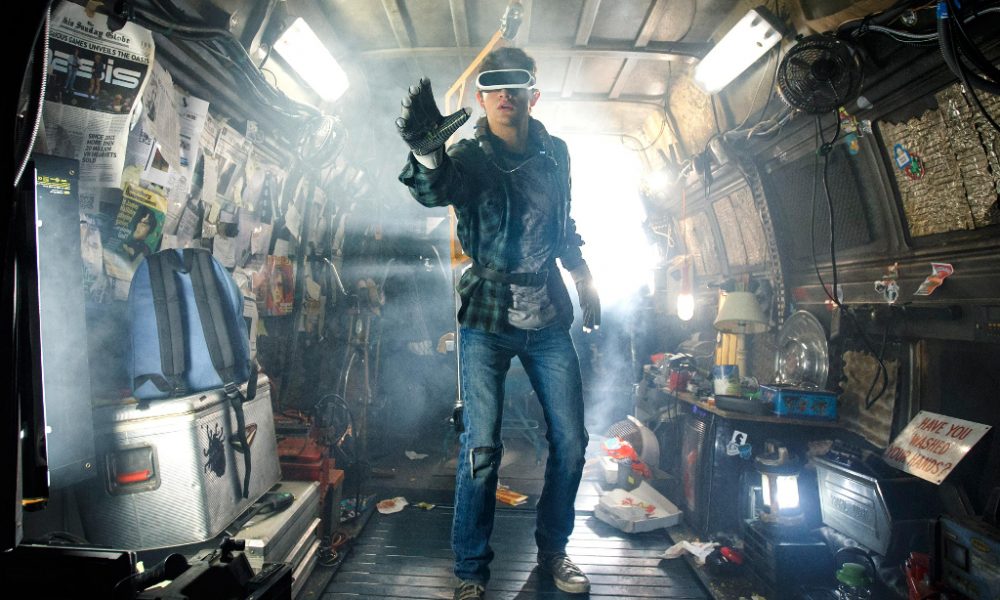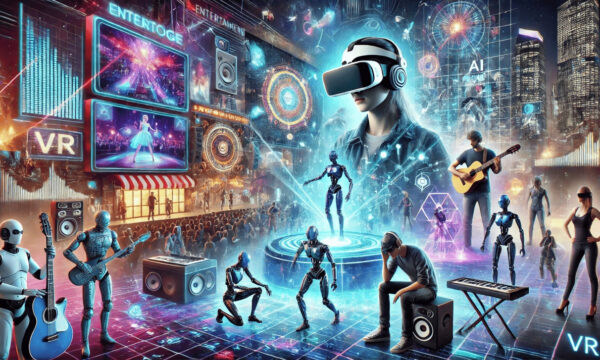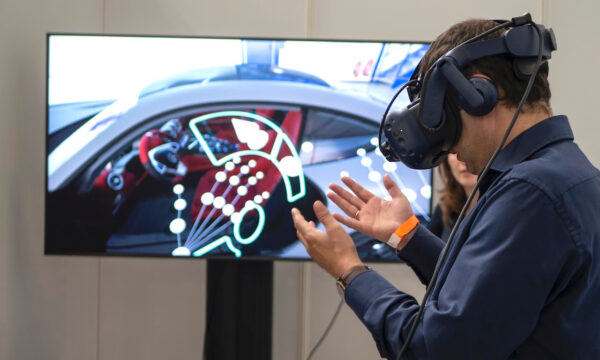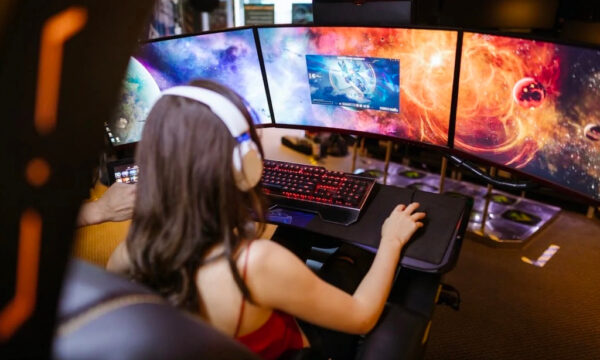Which movies helped shape the rise of key technological and gaming trends?

Movies have always had a role in shaping our technological and gaming interests. I’ve noticed that, even before neon lights filled up 1980s arcades, movies hinted at worlds where digital environments were almost as real as ours. In some ways, films have connected our greatest futuristic fantasies with real-world technological breakthroughs, eliminating the barriers between what we see on screen and what later appears on our devices.
The fantasy and science fiction visionaries: Bringing virtual worlds to life
Consider Tron from 1982. It wasn’t just an early experiment in computer animation; it literally drew spectators into a digital world long before graphics could catch up. That film planted the seed, motivating developers to jump into VR, resulting in fully interactive experiences such as Half-Life: Alyx and Beat Saber.
Then there’s The Matrix (1999), which, in most cases, changed up our perceptions of virtual reality. Its amazing vision of an artificial world influenced following games in which characters learn and adapt, as shown in The Last of Us Part II and Red Dead Redemption 2. It’s fascinating how these stories discreetly make us rethink the limits of storytelling and technology.
Red Dead Redemption and its sequel are two good examples of the influence of the cinema on gaming. Westerns had a huge impact in the ‘40s to ‘60s industry, and the references in those games to films such as A Fistful of Dollars (1964).
The growth of online interaction and competitive gaming
When gaming evolved from a solitary activity to one driven by online competition and community, movies played an interesting role as well. Ready Player One (2018), with its huge digital playground known as the OASIS, led to imaginations about interconnected, constantly evolving worlds where people compete and connect in unexpected ways.
Meanwhile, WarGames (1983), despite its story of a young hacker falling into a military simulation, predicted a future in which online strategy, esports, and high-stakes competition would be massive. Today, the huge rise of competitive gaming and streaming events proves those early cinematic signals were absolutely right. And, among the many options available, online casino games are enjoying this boom by combining pure chance with player engagement.
Reducing the lines between gaming and reality
Sometimes movies do more than just anticipate the future; they also have a direct impact on how games are produced. Look at Inception (2010), whose complex, dream-like structure and unusual approach on time left an impression on a world of puzzles and narrative adventures. Games like The Stanley Parable and Control seem to pull from that twisted view of reality, inviting players to question what is real and what is not.
And then there’s Jumanji – first released in 1995 and later updated with Welcome to the Jungle and The Next Level – which mixes real life with game-like adventures, testing our notions of passivity vs engagement. To be honest, it’s exciting how these films switch things up, giving us the impression that the cinema screen is a portal to a dynamic game world.
Gaming technology continues to advance, but that obvious movie-like flare can still be found in game designs. I’ve seen that, in most situations, the creative spark from films seems to interact with gaming concepts in surprising ways, as if the two art forms keep feeding off each other.
For those wondering about how these worlds cross, a visit to the website’s film section is recommended. Here, visitors can observe the latest developments in cinematic innovation in a casual manner.
In the gaming field, there are other websites with great knowledge of this sector. Sources like IGN examine gaming trends and advances in technology, as well as how movies continue to influence them. It’s a nice way to check the synergy there is between two of the greatest entertainment sectors of the 21st century.
The editorial unit



















Facebook
Twitter
Instagram
YouTube
RSS